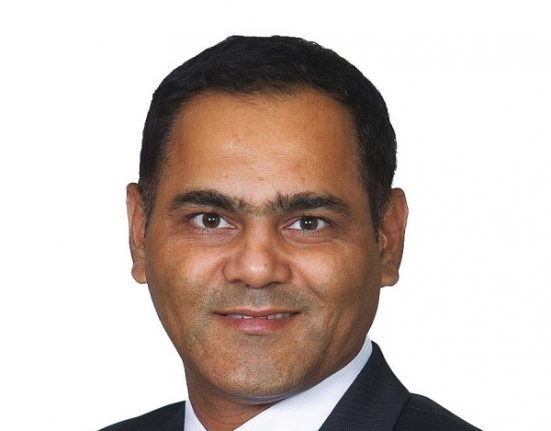EDITORIAL: Moody’s, one of three major international rating agencies, whose ratings determine the rate at which foreign capital can be accessed, noted on 12 March 2025 that “we have changed our outlook on Pakistan’s banking system to positive from stable to reflect the banks resilient financial performance as well as improving macroeconomic conditions from very weak levels a year ago.”
Moody’s defines stable as indicative of stability (or retention) of the credit ratings in the medium term on account of the stable credit risk profile of the entity in the medium term while a positive outlook may not necessarily imply a rating upgrade or downgrade.
The government agreed with the International Monetary Fund (IMF) last year to submit amendments to the cabinet, reflecting IMF Technical Assistance advice, to align early intervention, banks’ resolution, and crisis management arrangements including the deposit insurance scheme, with international best practices and subsequently to submit it to parliament, which was approved last year.
The completion of the first stage of recapitalization of two private banks that were undercapitalized was also completed last year with the pledge that the government will take prompt supervisory action to address any additional banks which may become under-capitalised.
The authorities also acknowledged in the Letter of Intent submitted to the Fund last year, a prerequisite for the 7 billion dollar loan approval, that 6 microfinance banks were under-capitalised and the government was engaged with them to address capital shortfalls, adding that the deposit insurance scheme will not be extended to this sector until and unless issues have been addressed to the satisfaction of the supervisor and other IMF preconditions met, adding that discussions are ongoing with development partners to develop schemes to help ensure longer term sustainability of the sector.
It is a matter of record that the Pakistani authorities lost their leverage to negotiate or phase-out harsh upfront conditions in 2019 when the Fund staff refused to extend loans unless prior conditions were met premised on Staff assessment that previous administrations incurred Fund programmes only to either abandon them midway or else reverse all reforms implemented under the programmes for political reasons, which explains why the country’s economy remains fragile even after it had secured twenty-one programmes.
Some economists argue that the problem for programme failures lay elsewhere notably in the boom-bust cycle that was and remains a feature of this country’s economy — a boom cycle propelled by high raw material imports that pushed the current account deficit to high levels prompting the need for a Fund programme while contractionary policies supported by the Fund to contain the burgeoning current account deficit led to lower demand for imports which, in turn, accounted for low growth rates.
Still others argue that the problem lies in a flawed Fund programme design, which has varied but little over time.
However, in this context it is relevant to note that the overwhelming tendency of all administrations, be they civilian or military-led, has been on appointing a technocrat as finance minister, which explains the numerous times an individual may have held the portfolio without favourable delivery.
The PML-N was the only party that appointed a party stalwart, Ishaq Dar, whose departure from the finance portfolio was as a result of differences with the IMF.
Pakistan needs a finance minister with relevant educational background, preferably from the field of academia, and experience within the country in building models to attain economic growth.
An improved outlook as opposed to rating by Moody’s indicates that the authorities are adhering to the terms of the agreement signed last year.
However, there is a need for caution: at present, the government is debating borrowing over one trillion rupees from commercial banks for energy circular debt retirement and given that the exposure of our banks to government securities is already at a high with the highest exposure to the power sector, this proposal may push the Fund Staff to voice concerns that it would further expose our banks to the appallingly run power sector.
Copyright Business Recorder, 2025







